Floating over the edge of a thousand-foot precipice, suspended in an unpredictable current, you watch a strapping grey reef shark glide effortlessly towards you with steely-eyed intent. It may sound like the stuff of nightmares, but this is precisely what entices countless divers and snorkelers to Palau every year.
Along with its enormous population of gentle golden jellyfish, sharks are the nation’s most famous and valuable inhabitants. Previously worshipped as gods across the majority of Micronesia, the Palauan government put a modern twist on this traditional reverence in 2009 and created a 600,000-square-kilometer shark sanctuary in its waters.
Since then, shark fishing has been completely banned in the protected zone, leaving the ocean’s apex predators free to replenish their diminished population.
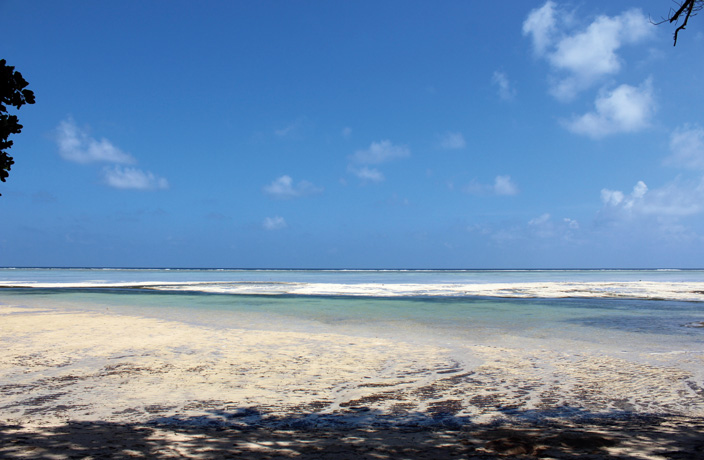
Just last month, Palau pushed its environmental efforts even further by establishing an ocean reserve that will keep 80 percent of its waters free from any extractive activities, such as commercial fishing or mining. This act made it the sixth-largest marine sanctuary on the planet – not bad for a country barely twice the size of Washington D.C.
Palau’s commitment to marine conservation is immediately apparent as soon as you get close to the water. Due to its remote location, the view from any shore is astounding; the ocean seems stretched, uninterrupted, until it meets an equally blue horizon. The waters surrounding the islands are crystal clear, allowing for spectacular views of the lush coral gardens below without even getting your feet wet.
Once you do dip under the surface, you’ll be met by a copious array of aquatic life, from giant green turtles to tiny nudibranchs. Not surprisingly, there are many diving and snorkeling spots around the islands, and many operators keen to take you to them.
Going it alone is not really an option in Palau, as the formation of the land and the locality of the hotels make bays and beaches almost inaccessible unless you have your own boat.
Shark-Infested Waters
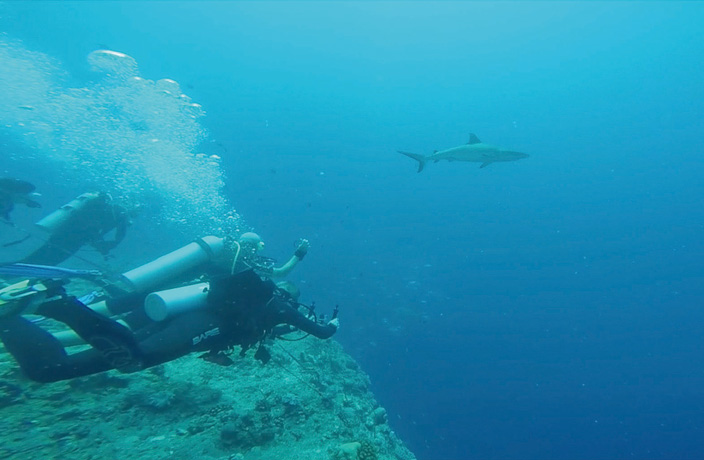
The best spot to witness Palau’s prized underwater inhabitants is undoubtedly the notorious Blue Corner – a site consistently ranked among the best in the world. It is a ridge located to the south of the islands onto which divers can ‘hook in’ by attaching themselves to hard coral using a reef hook and observing the marine life cruising past.
The currents are strong and unpredictable here; swells rise from thousands of feet below, bringing with them large amounts of plankton and algae – followed by a plethora of large pelagic species that feed on the fish lured in by these conditions.
Despite the frequent movement of the water, visibility at Blue Corner, as at most Palauan dive sites, is spectacular – on a good day it can stretch up to 50 meters. This offers amazing views of the creatures that frequent the area, which include grey reef sharks, black tip reef sharks, huge shoals of jacks and snappers, trevallies, chevron barracudas, Napoleon wrasses, giant groupers and green and hawksbill turtles.
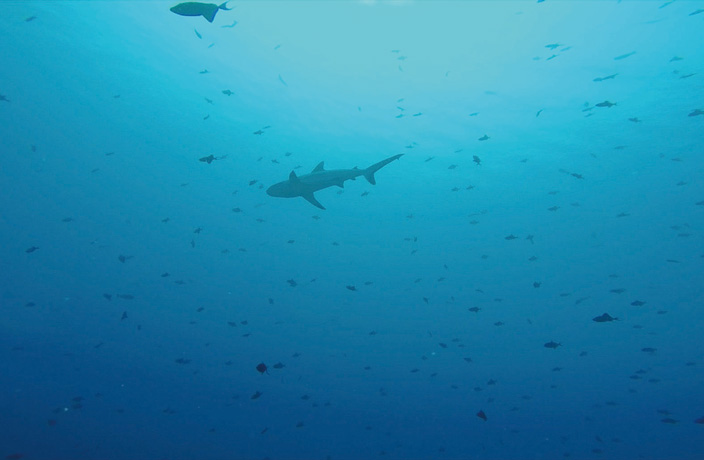
Lucky divers may even spot a manta ray, hammerhead shark, whale shark or marlin paying a fleeting visit. Whatever decides to turn up, it is unlikely that most divers will have ever gotten so close without having to lure the animals with food – a dangerous tactic employed by some dive operators elsewhere in the world.
The act of hooking in to the reef allows the attached humans to remain almost completely still and unobtrusive. They are thus easily ignored by undersea inhabitants and are able to gain a unique insight into genuine marine life.
13 Million Resident Jellyfish
As well as the open ocean, Palau has upwards of 50 saltwater lakes under its protective umbrella. Many of these were formed during the last ice age, when water levels rose and entered craters in the rock islands through porous limestone.
The most well known is Jellyfish Lake, which is exactly what its name suggests: a lake full of jellyfish. What makes this body of water so special is not only the sheer number of golden jellies living there – upwards of 13 million – but the fact that their sting is so weak that it is imperceptible to humans, making it safe for snorkelers to swim among them.
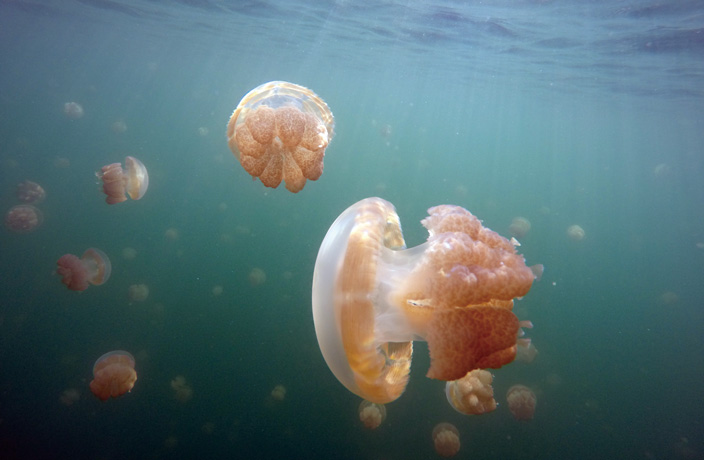
Each day the jellyfish migrate across the lake, following the sun so that the algae they carry in their bodies can produce sugary sustenance for them. Visitors need only look for the brightest part of the pool to know where to find the biggest gathering of these cnidarians.
Journeying out from the shore to the sunlit areas is awe-inspiring. At the beginning of the swim the lake appears empty, then a golden blob will slowly come into view, then another, then another, until you are totally surrounded by pulsating creatures that seem to emanate solar light.
How to Get There:
Due to its remote location and the small number of flight routes into the former capital, Koror, Palau remains off the radar of many travellers. Flights operate only from Taipei, Manila, Guam and Tokyo, so visitors from further afar have to undergo quite a trek to make it there. But don't let that stop you - try to make it to this hidden pacific paradise before everyone else finds out!
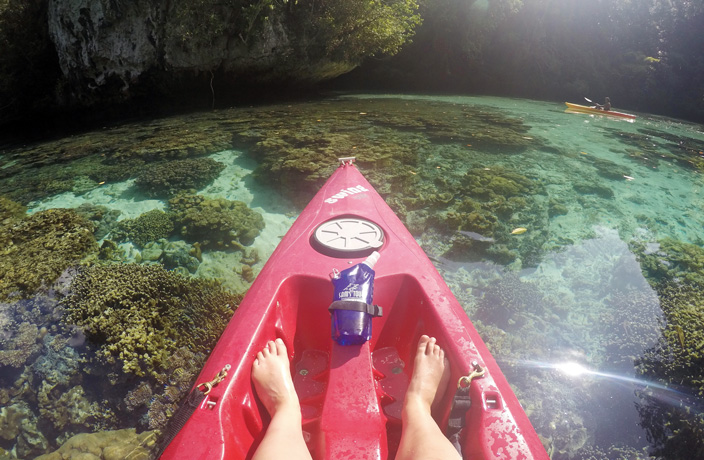





















0 User Comments